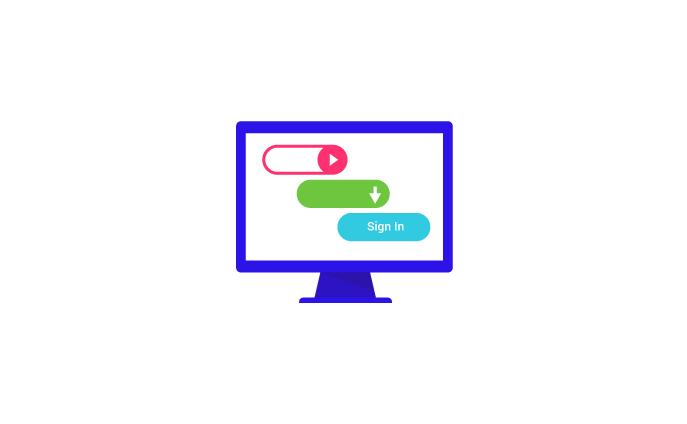How Industries Design Templates For Successful E-mail Campaigns

When it comes to the use of templates for marketing campaigns, each industry tends to
use that which is best suited for its own target audience. When designing a template, it
helps to mirror the company’s social media branding. Make it crystal clear to leads that
the website is the right one; and that branding is consistent. Pull your company’s
branding onto the template and make it clear it is yours, so that leads don’t get confused
and think they are on another company’s site. Ensure the precise branding imagery is
ingrained across all media.
Calls to action can be built into templates; as they play a pivotal role in the structure of
any online solicitation. Here are some handy tips for incorporating a CTA into your
template. First, offer a single clear CTA that closely aligns with the content presented
alongside it. And don’t confuse your audience by offering them the option to click on
two or three different CTAs. Also: Be sure your CTAs take the reader to an offer for
content about a specific topic (as opposed to having your CTA link back to your
homepage) so that you engage them with something relevant to their needs and
interests at that particular time.

In terms of graphics, ensure that each CTA stands out. Whenever possible, use colorful
buttons or clickable images for CTAs (instead of hyperlinked text in a paragraph). Such
cosmetic fixes ensure the item will catch the eye of those who are quickly skimming
your content.
Place CTAs prominently, and be sure they catch the viewer’s eye. It is important to
make your CTAs obvious and easy to find. Don’t bury the lead. A mistake some make
is making CTAs difficult to notice by hiding them at the bottom of landing pages or
emails. Avoid the temptation to include multiple CTAs.
Use specific—not generic—CTAs for the industry with which you’re dealing. Make an
important announcement about an exciting event coming up, or a valuable article that
was recently released, or even an amazing opportunity that they don’t want to miss out
on. Of course, what that might be varies from industry to industry. A special deal on,
say, massages at a spa follows entirely different logistics than a great opportunity for
crypto-investment. But the most basic tenets of human psychology remain the same.

Template design is about minimalism. Don’t over-crowd the layout, or make the screen
too busy. A template should not be riddled with too much text or over-crowded with
graphics. Avoid messy / overly-busy templates. The easier it is for a lead to skim your
content and understand how what you’re offering will benefit them, the more likely they
are to be sold on your pitch. Supplement the text with images. And use bullets to
present important points.
When getting people involved in something, be sure to include an e-mail opt-out
mechanism. A surefire way to get people to UN-subscribe is to begin your relationship
with them by sending unsolicited spam. Allow them to opt-in. By doing so, you ensure
that you are marketing to leads who are genuinely interested to hear what you have to
say. Whenever possible, include a “forward to a friend” or “spread the word” link in your
emails. Give your audience a motive to share content with their colleagues and friends;
then make it easy for them to do so. This effectively amounts to free marketing.
And remember: people are suckers for a good story. As is the case when designing anything other than templates, the key is to weave a compelling yarn—that is: one to which your prospects can relate. If it resonates, it will persuade. Weave cool facts and pertinent information into a narrative framework to create an emotional connection. This makes the pitch more relatable and more memorable. Facts and data presented
without a narrative context are difficult to follow. Why? First, because they lack context.
Second, they are harder to relate to. Third, they’re not as compelling. Weaving a story into a pitch deck or marketing campaign is the best way to establish a rapport. Stories are memorable. After all, the point is to captivate the audience; and everyone loves a
poignant tale.
When designing a template to pitch a product or service, make sure that prospects feel as though they can learn something that might be beneficial to them. Captivating stories can quickly grab people’s attention and strike a chord. Even a template can be used to engage people emotionally—whether it is something about health for nutrition companies, or something about athletic prowess for sporting companies.

Consumers make choices based on IMAGE. So be sure that the template includes
material that target customers will find relevant. What are they searching for, and how can you help them achieve their goals? Understanding this will enable you to boost engagement—whether you’re designing a template or a pitch-deck.

Subscribe to our newsletter to learn more about LeadMachine.
$49.95/per month
(pay nothing for 14days)